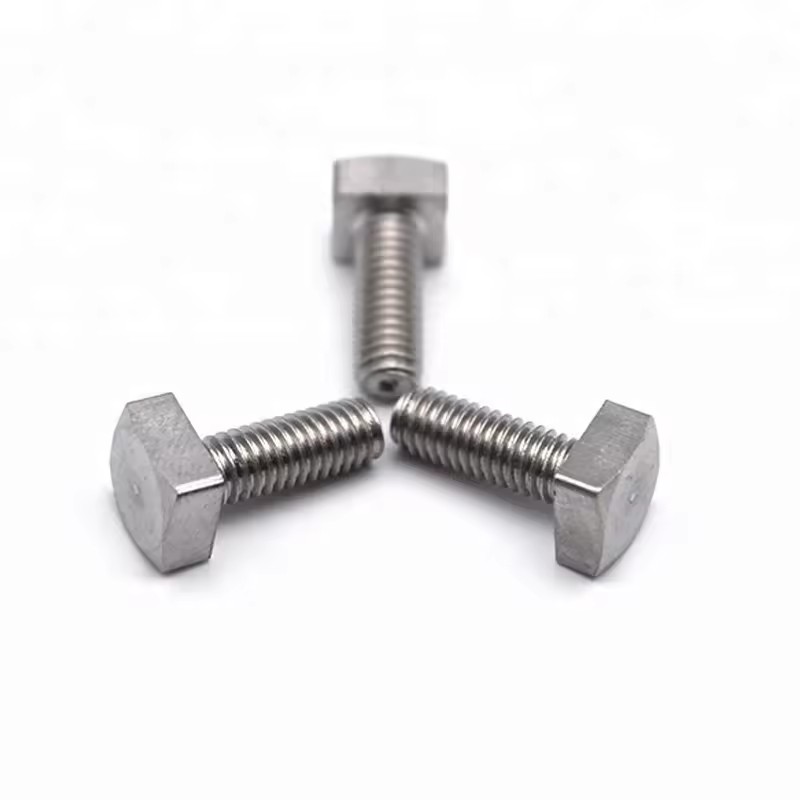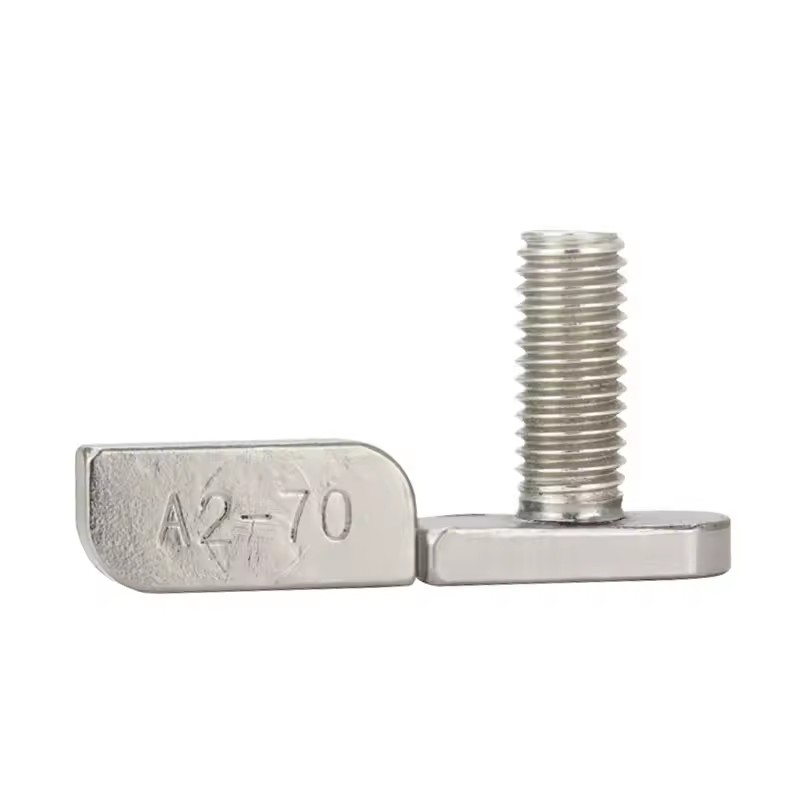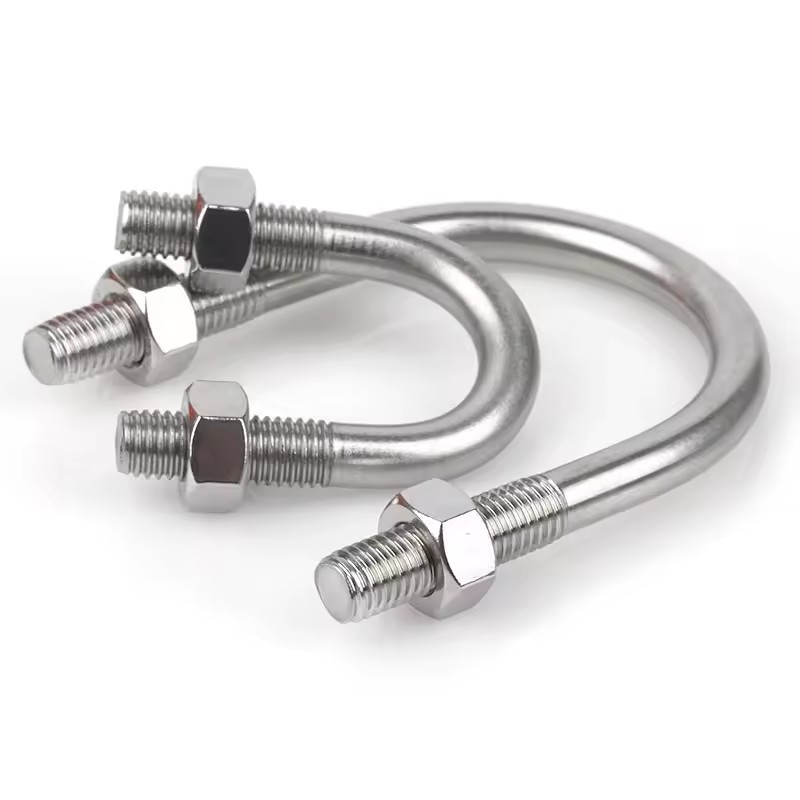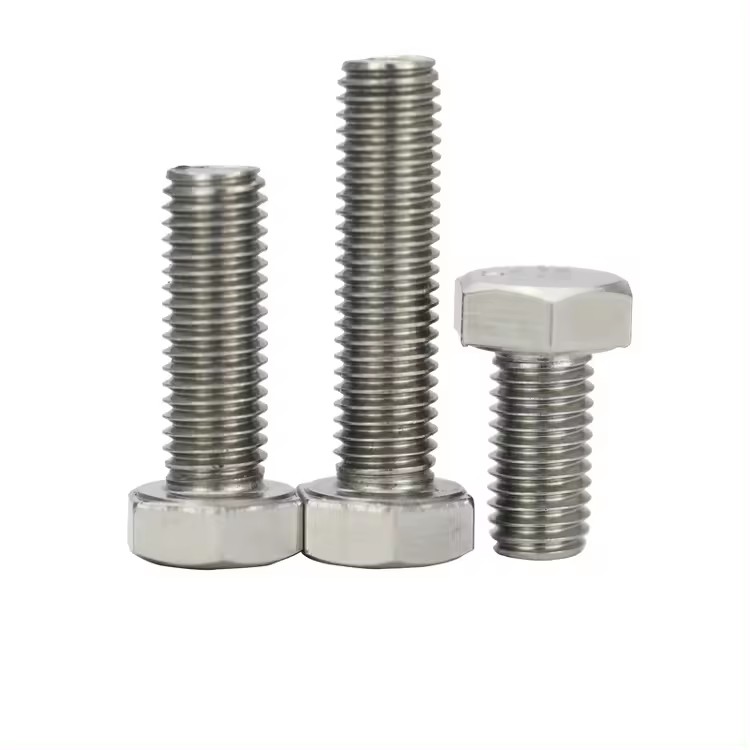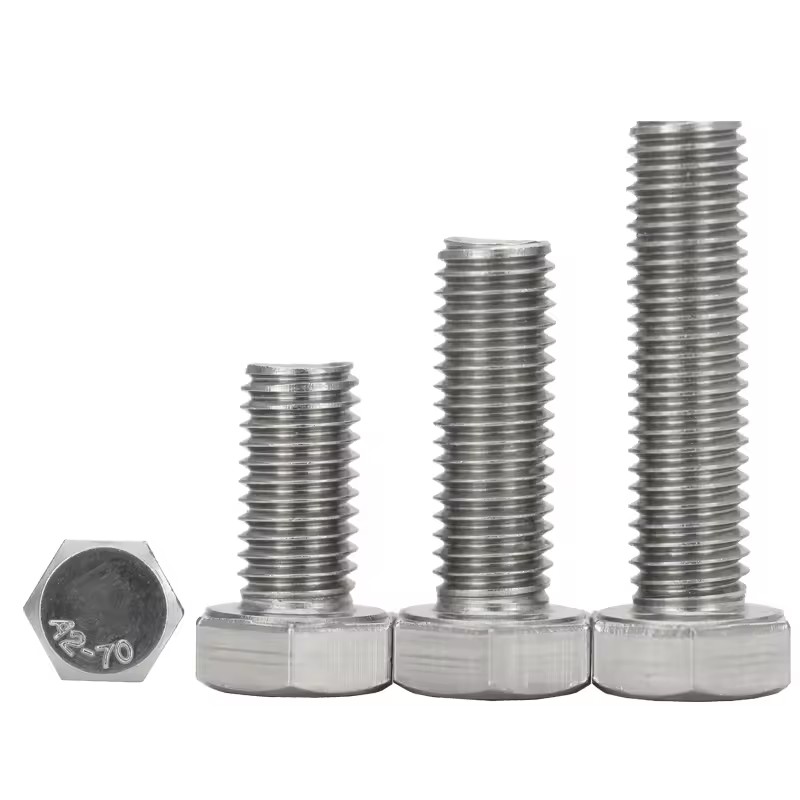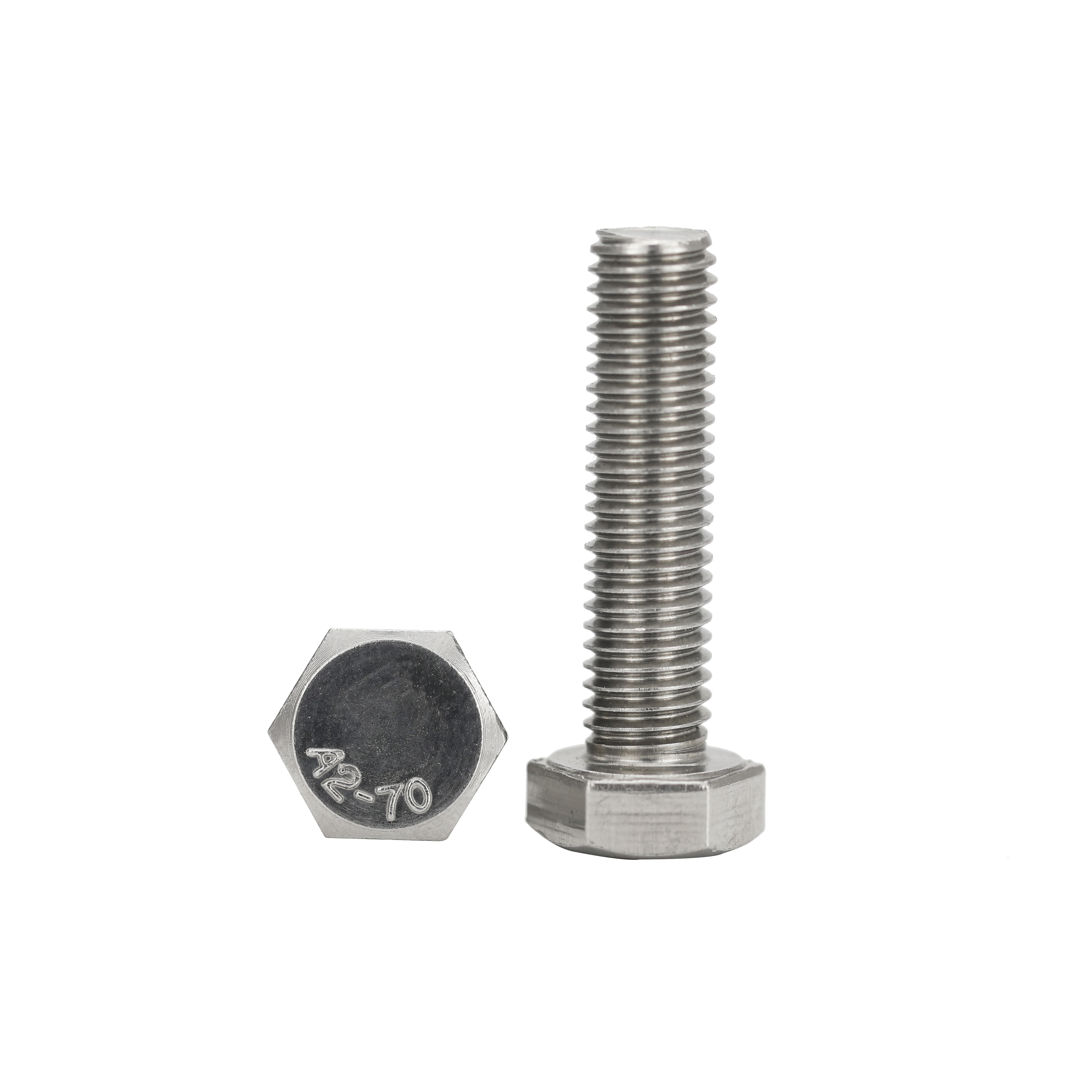When installing stainless steel set screws, several factors should be considered to ensure optimal performance. Here’s a detailed breakdown of these factors:
Material Compatibility
Type of Stainless Steel: Different grades of stainless steel (e.g., 304, 316) have varying levels of corrosion resistance and strength. Choose a grade that is suitable for the environment in which the screws will be used.
Contact Materials: Ensure that the set screws are compatible with the materials they will be in contact with to prevent galvanic corrosion.
Surface Preparation
Cleanliness: The surfaces of the set screws and the receiving threads should be clean and free from oils, dirt, or debris to ensure a proper grip and prevent corrosion.
Thread Condition: Inspect the threads for damage or wear. Damaged threads can lead to stripping or failure of the set screw.
Torque Specifications
Correct Torque: Always use the recommended torque specifications provided by the manufacturer. Over-tightening can lead to stripping, while under-tightening may result in loosening during use.
Use of Torque Wrenches: Employing a torque wrench ensures that the set screws are tightened to the correct specifications.
Locking Mechanisms
Use of Thread Lockers: Consider using adhesive thread lockers (like Loctite) to provide additional security against loosening due to vibration.
Locking Set Screws: Some set screws come with built-in locking features or can be used with locking washers for added stability.
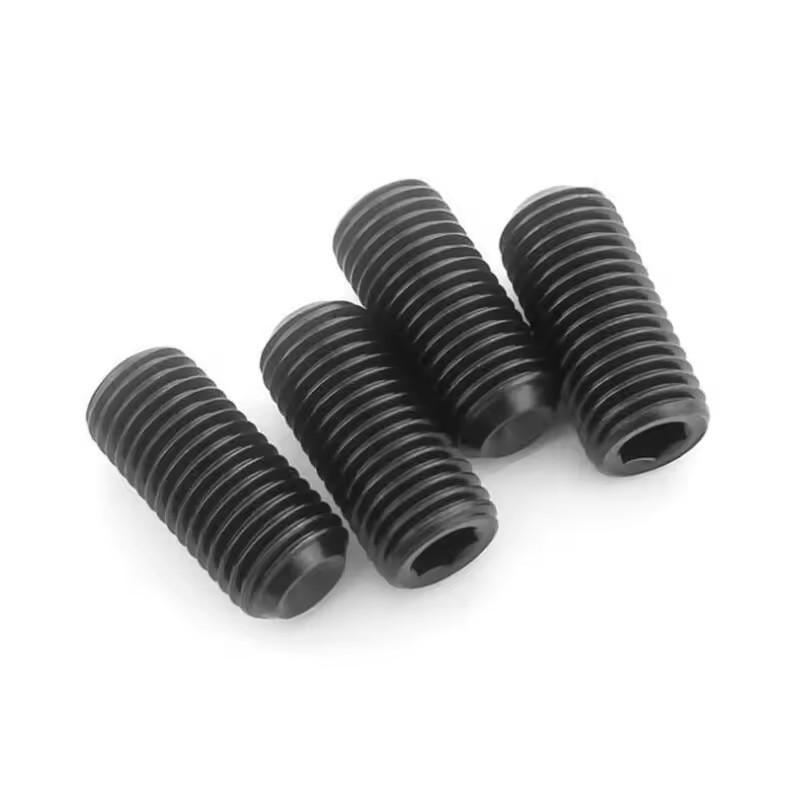
Environmental Conditions
Corrosive Environments: If the installation is in a corrosive environment (e.g., marine applications), opt for higher-grade stainless steel (like 316) for enhanced corrosion resistance.
Temperature Fluctuations: Consider the temperature range the set screws will be exposed to, as thermal expansion can affect the fit and integrity of the screws.
Alignment and Installation Technique
Proper Alignment: Ensure that the set screws are properly aligned with the components they are securing. Misalignment can lead to uneven loading and potential failure.
Installation Method: Use the correct tools and techniques for installation to avoid damaging the screws or the components they are securing.
Inspection and Maintenance
Regular Inspections: Periodically check the set screws for signs of loosening or corrosion and retighten if necessary.
Maintenance Practices: Implement a maintenance schedule to address any issues before they lead to failure.
Load and Stress Considerations
Understand the Load: Be aware of the load and stress conditions the set screws will be subjected to. This will help in selecting the right size and type of set screw for the application.
Dynamic vs. Static Loads: Set screws used in dynamic applications may require different considerations compared to those in static applications.
By taking these factors into account, you can ensure that your stainless steel set screws are installed effectively and will perform optimally throughout their service life.




